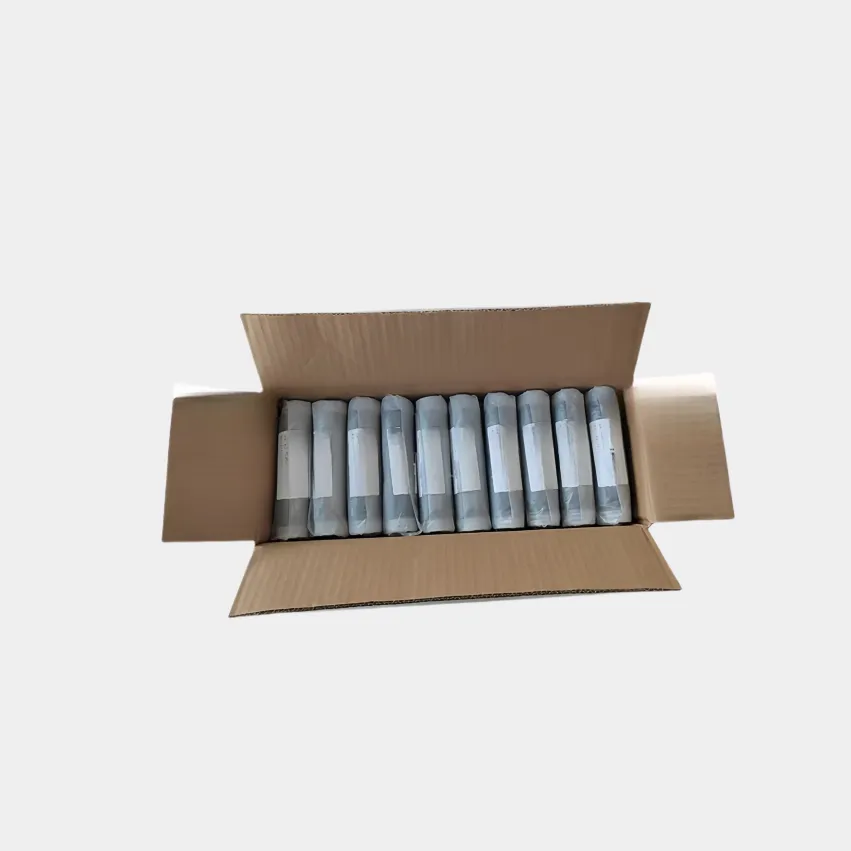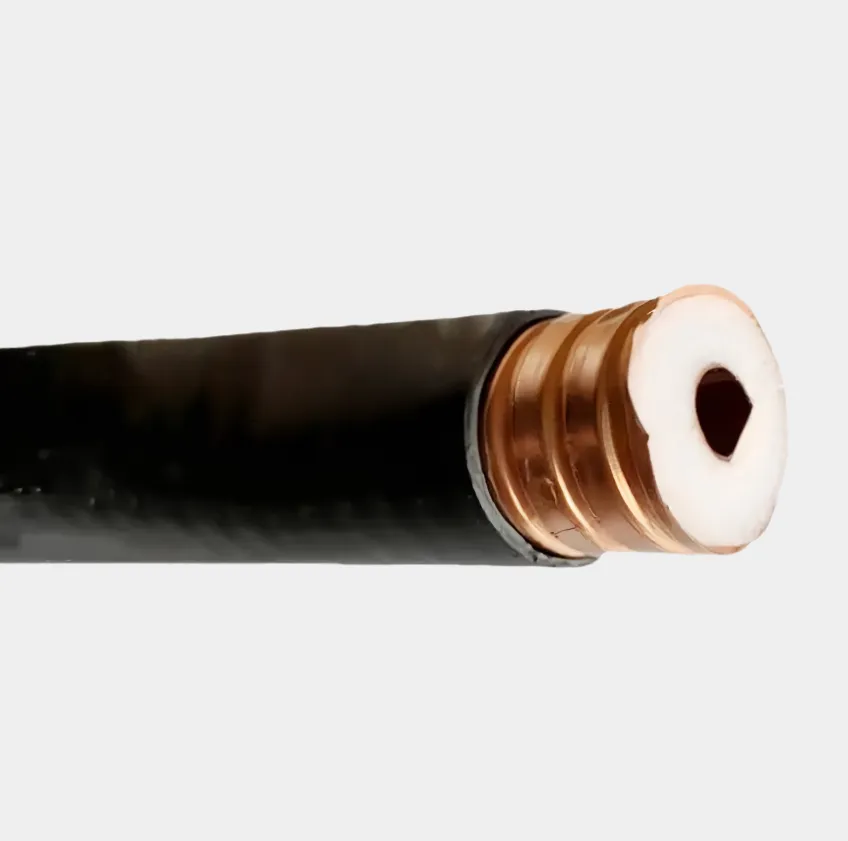Coaxial cable prices vary significantly based on multiple factors, making comparisons essential for informed purchasing decisions. Size is a primary determinant: 1/2 inch coaxial cables, commonly used in medium distance 4G/5G base station connections, are generally more affordable than 3/4 inch or 7/8 inch variants, which are designed for longer distances and higher signal integrity, thus commanding higher prices. Material quality also plays a key role: cables with copper clad steel conductors are cheaper than those with solid copper conductors, though the latter offer better conductivity and signal transmission. Shielding layers, such as braided, foil, or combination shielding, impact costs—cables with multiple shielding layers, ideal for reducing electromagnetic interference in busy urban or industrial areas, are pricier. Brand and certification status matter too: reputable brands with certifications for compliance with industry standards (like those met by Hebei Mailing’s products through rigorous testing) may have higher prices but ensure reliability. Additionally, new cables are more expensive than second hand ones, though the latter carry risks of reduced performance or shorter lifespan. For example, Hebei Mailing’s new 5G feeder cables (KC97 series) might be priced higher than used alternatives but offer guaranteed quality and after sales support. When comparing, it’s vital to balance upfront costs with long term performance, considering factors like signal loss, durability, and maintenance needs to avoid hidden expenses.


